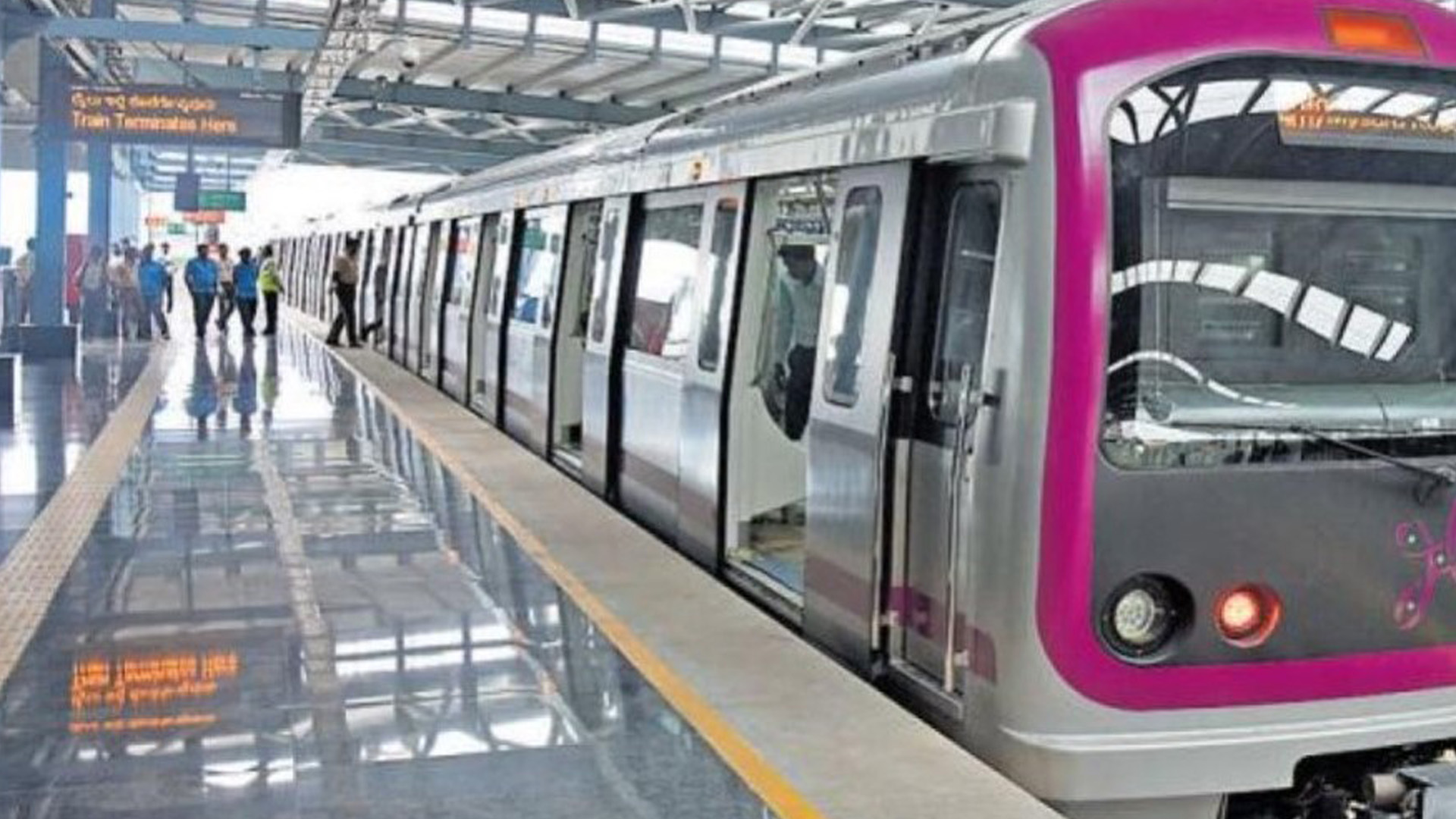All Aboard! New Rail Lines to Ease Bengaluru Congestion
Fast-Rising Metropolis
Bengaluru is the capital city of the state of Karnataka in southern India. It is India’s fourth most populous city and one of the largest and fastest-growing metropolitan areas in the country, with an estimated population of 12.3 million in its urban area as of 2017.
Bengaluru’s robust technology industries—including robotics, biotechnology, engineering, electronics, and information technology–enabled services—have attracted rapid migration, increasing its population by 49% from 2000 to 2018. Migration has accounted for about 30% of that growth. The city’s population is projected to reach 16.2 million by 2030.
Urban Sprawl
Rapid population growth and urbanization, a lack of integrated urban planning, and lagging transport network development have contributed to Bengaluru becoming one of the most congested cities in the world. Its road network is close to capacity, and little land is available to strengthen the transport system because of high land prices and dense development. As a result, peak-hour traffic congestion in the city is worse than in other major cities in India, including Delhi and Mumbai. Bengaluru’s congestion cost is estimated at $6 billion per year. Congestion reduces productivity, inhibits economic efficiency, and negatively affects the quality of life.
Improved public transport in such a congested city—especially rail-based mass transit—will result in fewer private vehicles on the road and enhance the air quality in the city.
–Kaoru Kasahara, ADB senior transport specialist and project officer
Vast urban sprawl lengthens the average travel distance and time for commuters, especially those traveling by road transport including private vehicles, while average travel speeds have been steadily declining.
“A survey conducted by the Bangalore Metro Rail Corporation Limited (BMRCL) in February 2020 found that 41% of Bengaluru Metro users are female and that women consider the metro rail safer than conventional public transport modes,” says Kaoru Kasahara, project officer with ADB’s South Asia Regional Department.
The metro users also prefer its affordability since about 57% of Bengaluru Metro users have monthly incomes of less than ₹50,000 (about $660). Meanwhile, the rapidly rising number of vehicles on the road has caused the city’s air quality to deteriorate. As a result, the concentration of particulate matter exceeded the internationally accepted standard in 2019.
“Improved public transport in such a congested city—especially rail-based mass transit—will result in fewer private vehicles on the road and enhance the air quality in the city,” says Kasahara.
Partnership Support
ADB and the Government of India approved a project to expand the metro rail network in Bengaluru. The Bengaluru Metro Rail Project is cofinanced by the Japan International Cooperation Agency.
The project will improve the capacity of the government and stakeholders at all levels for the delivery of sustainable and comprehensive urban mobility solutions and planning, designing, and managing transit-oriented development-based urban development schemes and programs.
The project will finance the construction of new metro line phases 2A and 2B, with a total length of 56 kilometers and 30 stations. These two new metro lines, mostly elevated, are along Outer Ring Road and National Highway 44 between Central Silk Board and Kempegowda International Airport.
The multimodal facilities to be developed at the project’s metro stations include motorcycle pools, taxi stands, bus bays, and pedestrian walkways and bridges, which will enable smooth intermodal connectivity and provide improved last-mile connectivity.
Urban development plans and implementation frameworks based on transit-oriented development principles and multimodal integration plans will also be developed for Bengaluru. Likewise, the capacity of BMRCL and relevant state line agencies for transit-oriented development and multimodal integration will be built. The project will also support the development of a communication strategy, including public consultations, to promote public awareness.
Finally, the transit-oriented development-based urban development model will help increase the city’s economic productivity by creating higher-density, compact, mixed-use, mixed-income, safe, resource-efficient, and inclusive neighborhoods.
The transit-oriented development also aims to raise land values along these corridors, generating capital revenues for the state government to meet the city’s long-term investment needs. For those affected by the construction of the new lines, the BMRCL prepared resettlement plans and institutional arrangements to ensure that relocation and land acquisition are implemented fairly. In addition, the needs of vulnerable groups, such as the elderly, women, children, and differently abled persons, will be reflected in the metro facilities.
Projected Results
If all goes as planned, the metro rail system will cater to roughly 580,000 riders daily by 2030 and almost 900,000 in another 10 years.
The project will improve mobility, livability, and the urban environment in Bengaluru by supporting an efficient, safe, and inclusive transport system for all commuters that caters to the needs of the elderly, women, children, and differently abled persons.
Project Details
Bengaluru Metro Rail Project
Cost
$1.9 billion
- ADB Resources $502 million
- Government of India $1 billion
Cofinancing Partner
- Japan International Cooperation Agency (Loan) $330.4 million
Dates
Approval Date 8 December 2020
Signing Date 24 December 2020
Completion Date 30 June 2021


